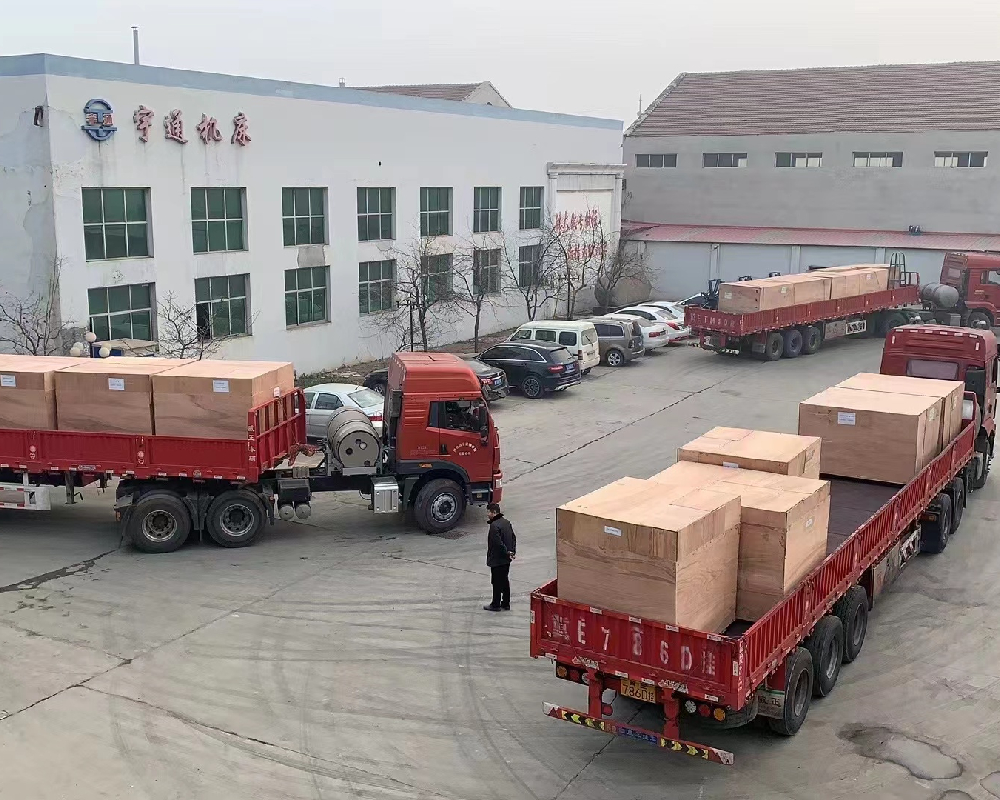
-
 Afrikaans
Afrikaans -
 Albanian
Albanian -
 Amharic
Amharic -
 Arabic
Arabic -
 Armenian
Armenian -
 Azerbaijani
Azerbaijani -
 Basque
Basque -
 Belarusian
Belarusian -
 Bengali
Bengali -
 Bosnian
Bosnian -
 Bulgarian
Bulgarian -
 Catalan
Catalan -
 Cebuano
Cebuano -
 Corsican
Corsican -
 Croatian
Croatian -
 Czech
Czech -
 Danish
Danish -
 Dutch
Dutch -
 English
English -
 Esperanto
Esperanto -
 Estonian
Estonian -
 Finnish
Finnish -
 French
French -
 Frisian
Frisian -
 Galician
Galician -
 Georgian
Georgian -
 German
German -
 Greek
Greek -
 Gujarati
Gujarati -
 Haitian Creole
Haitian Creole -
 hausa
hausa -
 hawaiian
hawaiian -
 Hebrew
Hebrew -
 Hindi
Hindi -
 Miao
Miao -
 Hungarian
Hungarian -
 Icelandic
Icelandic -
 igbo
igbo -
 Indonesian
Indonesian -
 irish
irish -
 Italian
Italian -
 Japanese
Japanese -
 Javanese
Javanese -
 Kannada
Kannada -
 kazakh
kazakh -
 Khmer
Khmer -
 Rwandese
Rwandese -
 Korean
Korean -
 Kurdish
Kurdish -
 Kyrgyz
Kyrgyz -
 Lao
Lao -
 Latin
Latin -
 Latvian
Latvian -
 Lithuanian
Lithuanian -
 Luxembourgish
Luxembourgish -
 Macedonian
Macedonian -
 Malgashi
Malgashi -
 Malay
Malay -
 Malayalam
Malayalam -
 Maltese
Maltese -
 Maori
Maori -
 Marathi
Marathi -
 Mongolian
Mongolian -
 Myanmar
Myanmar -
 Nepali
Nepali -
 Norwegian
Norwegian -
 Norwegian
Norwegian -
 Occitan
Occitan -
 Pashto
Pashto -
 Persian
Persian -
 Polish
Polish -
 Portuguese
Portuguese -
 Punjabi
Punjabi -
 Romanian
Romanian -
 Russian
Russian -
 Samoan
Samoan -
 Scottish Gaelic
Scottish Gaelic -
 Serbian
Serbian -
 Sesotho
Sesotho -
 Shona
Shona -
 Sindhi
Sindhi -
 Sinhala
Sinhala -
 Slovak
Slovak -
 Slovenian
Slovenian -
 Somali
Somali -
 Spanish
Spanish -
 Sundanese
Sundanese -
 Swahili
Swahili -
 Swedish
Swedish -
 Tagalog
Tagalog -
 Tajik
Tajik -
 Tamil
Tamil -
 Tatar
Tatar -
 Telugu
Telugu -
 Thai
Thai -
 Turkish
Turkish -
 Turkmen
Turkmen -
 Ukrainian
Ukrainian -
 Urdu
Urdu -
 Uighur
Uighur -
 Uzbek
Uzbek -
 Vietnamese
Vietnamese -
 Welsh
Welsh -
 Bantu
Bantu -
 Yiddish
Yiddish -
 Yoruba
Yoruba -
 Zulu
Zulu
Rod Thread Rolling Machine for Precision Manufacturing and Enhanced Production Efficiency
Rod Thread Rolling Machine Revolutionizing Manufacturing Processes
In the realm of manufacturing, precision and efficiency play pivotal roles in determining the quality and cost-effectiveness of products. Among the various machines that have transformed metalworking processes, the rod thread rolling machine stands out as a vital tool for producing high-quality threaded components. This article explores the significance, functionality, and applications of rod thread rolling machines in modern manufacturing.
What is a Rod Thread Rolling Machine?
A rod thread rolling machine is a specialized piece of equipment designed to create external threads on cylindrical materials, primarily rods. The machine employs a cold forging process, whereby metal is deformed without the application of heat, allowing for the creation of strong and durable threads. Unlike traditional cutting methods, thread rolling reduces material waste and enhances the integrity of the material by maintaining its grain structure.
How Does It Work?
The operation of a rod thread rolling machine involves several key components, including the rolling dies and the feed system. The raw rod is placed between two rotating dies, which have the desired thread profile. As the dies rotate, they apply pressure to the rod, forcing the metal to flow and conform to the shape of the dies. This process effectively creates threads that are not only precise but also stronger than those produced through machining methods.
The machine’s setup typically allows for various thread sizes and profiles, making it versatile for different applications. Operators can adjust the speed, feed rate, and pressure to achieve the required specifications for each product.
Advantages of Rod Thread Rolling Machines
The adoption of rod thread rolling machines in manufacturing environments comes with a myriad of advantages
1. Enhanced Strength The cold working process strengthens the threads due to the work-hardening of the material, increasing the tensile strength of the finished product.
2. Material Efficiency Unlike traditional cutting methods that remove material to form threads, rolling merely displaces it. This results in minimal waste and maximizes the utilization of raw materials.
rod thread rolling machine product

4. Improved Finish The threads produced by rolling are typically smoother and show fewer defects compared to those created by cutting, which can lead to better performance in applications where friction and wear are critical factors.
5. Cost-Effectiveness With reduced material usage and increased production speed, businesses can achieve lower manufacturing costs, contributing to a better bottom line.
Applications of Rod Thread Rolling Machines
Rod thread rolling machines are utilized across a diverse array of industries. Common applications include
- Automotive Manufacturing Many automotive components, such as bolts and fasteners, require precise threading, making these machines invaluable in production lines.
- Aerospace Industry The aerospace sector demands high-quality, lightweight materials; thread rolling machines help manufacture critical parts that meet stringent safety standards.
- Construction In construction, threaded rods are essential for structural applications, and rolling machines ensure consistency and durability in these fasteners.
- General Engineering Various engineering applications benefit from the efficiency and reliability of threaded components produced by rod thread rolling machines.
Conclusion
As industries continue to evolve, the importance of precision manufacturing remains paramount. The rod thread rolling machine serves as a cornerstone in this transformation, combining efficiency, strength, and versatility. By adopting this technology, manufacturers can not only enhance the quality of their products but also reduce costs and increase productivity, ultimately paving the way for innovation and growth in the manufacturing sector.
